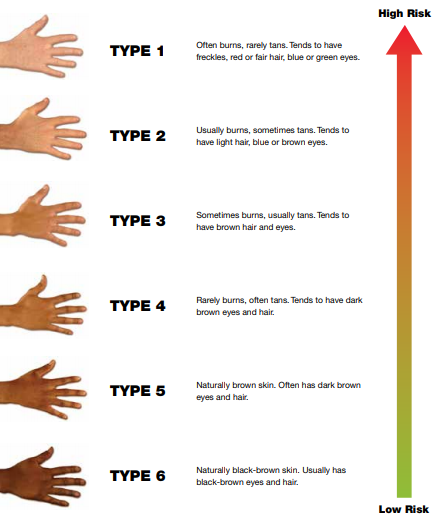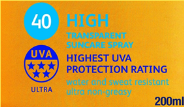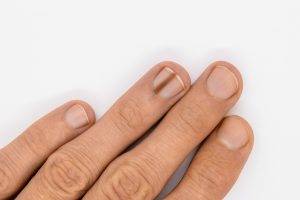
Here in NI, it feels like it’s such a rare occasion for us to get ‘good weather’, so when we do get to see the sunshine, either at home in NI or when we travel, there is no doubt getting out into the sunshine always feels great.
Sunshine and Sunbeds both expose you to UV radiation and increase your risk of skin cancer. Each time you burn or tan your skin you increase your risk of skin cancer. Spending long times in the sun will not increase your Vitamin D levels as the body can only absorb a limited amount of vitamin D over a long period of time. It is estimated that spending 15 minutes outdoors in Northern Ireland with exposed arms and legs will provide you with adequate Vitamin D. However you should still protect your skin with a broad spectrum sun cream if you are concerned about Vitamin D levels we would recommend having your levels checked. For more info about vitamin D and sunshine, click here.
Generally the paler your skin the more likely you are to get sunburnt and the higher the risk of skin cancer. That’s not to say if you have naturally dark skin you won’t get skin cancer, you’re just less likely. Remember you should never let your skin burn in the sun regardless of skin type.



Make sure your sun cream is not past its expiry date - once a sun cream expires, it loses its strength and becomes less effective at blocking out UV rays.
According to Department of Health for Northern Ireland “people who start using sunbeds before the age of 35 have a 75 per cent increased risk of malignant melanoma, the most serious form of skin cancer.”


Self-check your skin once a month and be aware of signs and symptoms of skin cancer.
**Remember there is no healthy way to get a tan. Tan is DAMAGE.**
Useful Links
Action Cancers’ Safe Sun campaign is proudly supported by Gordons Chemists.

